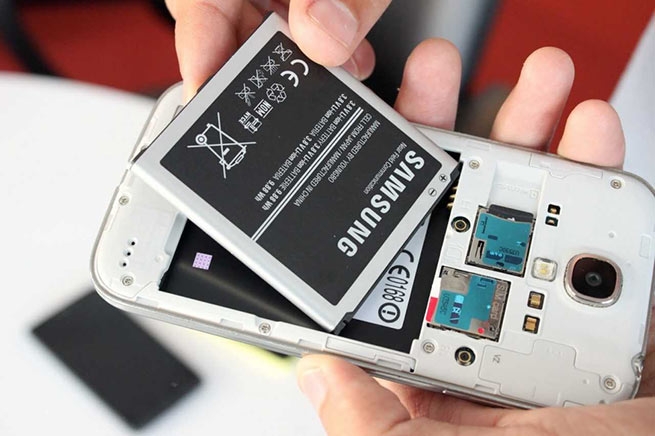The European Union is developing new rules according to which smartphone manufacturers will have to make batteries in smartphones removable. This can lead to a rise in the cost of gadgets, but at the same time it will allow users to change batteries themselves.
In addition to the quick replacement of the battery, more information will be available about it, and disposal should become less environmentally friendly.
The first step towards the new law was laid back in December 2020, when the European Commission made proposals for the circulation of batteries and their disposal. Of course, everything is connected with the preservation of the environment and reducing the impact on the environment. Therefore, one of the proposals was the use of USB Type-C connectors on chargers, including the iPhone.
The first and, it seems to me, the most important innovation will be the ability to quickly replace the battery of a smartphone or other gadget. The user will be able to disassemble the device and remove the battery and replace it with a new one. It is somewhat reminiscent of the 90s, when everyone could update the battery of a push-button phone or reset the gadget by distorting the “chocolate”. Therefore, if the law is passed, then manufacturers will have to change the design of smartphones so that the user can get quick access to the insides. And if necessary, replace the “tired” battery without contacting a service center.
The second, which is clearly indicated in the draft new law, will be the approach to recycling and disposal of old batteries. Organizations involved in the production and disposal of used batteries will be required to provide more information about the chemical composition, capacity and expiration date. For convenience, all this will be applied to the battery case in the form of a special marking and a QR code.
Another innovation will be the collection of used batteries. So in 2023, the total collection of batteries should reach at least 45%, by 2027 exceed 65%, and in 2030 – at least 75%. Thanks to the marking, which will indicate the exact composition, it will be possible to extract valuable metals and chemical elements. In the future, they can be used in production.
The last point worth highlighting in the draft new law will be the high-quality processing of used batteries with minimal environmental impact. It turns out that used batteries will be disassembled at factories into components.
If the new law is approved, all manufacturers will have to redesign their devices by the summer of 2025, introduce new markings and report on the disposal of used batteries. And this, of course, will increase the cost of smartphones and other gadgets. The battery capacity is expected to become less, which will affect the discharge time, which means it will increase the number of cycles. What the end user will benefit from this is not yet clear, except, of course, the possibility of self-replacement.







More Stories
Orange sky…
African dust: suffocating atmosphere in Attica
Large fire in the area of the Souda naval base on Crete